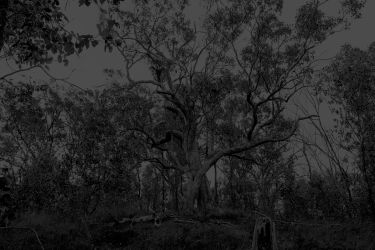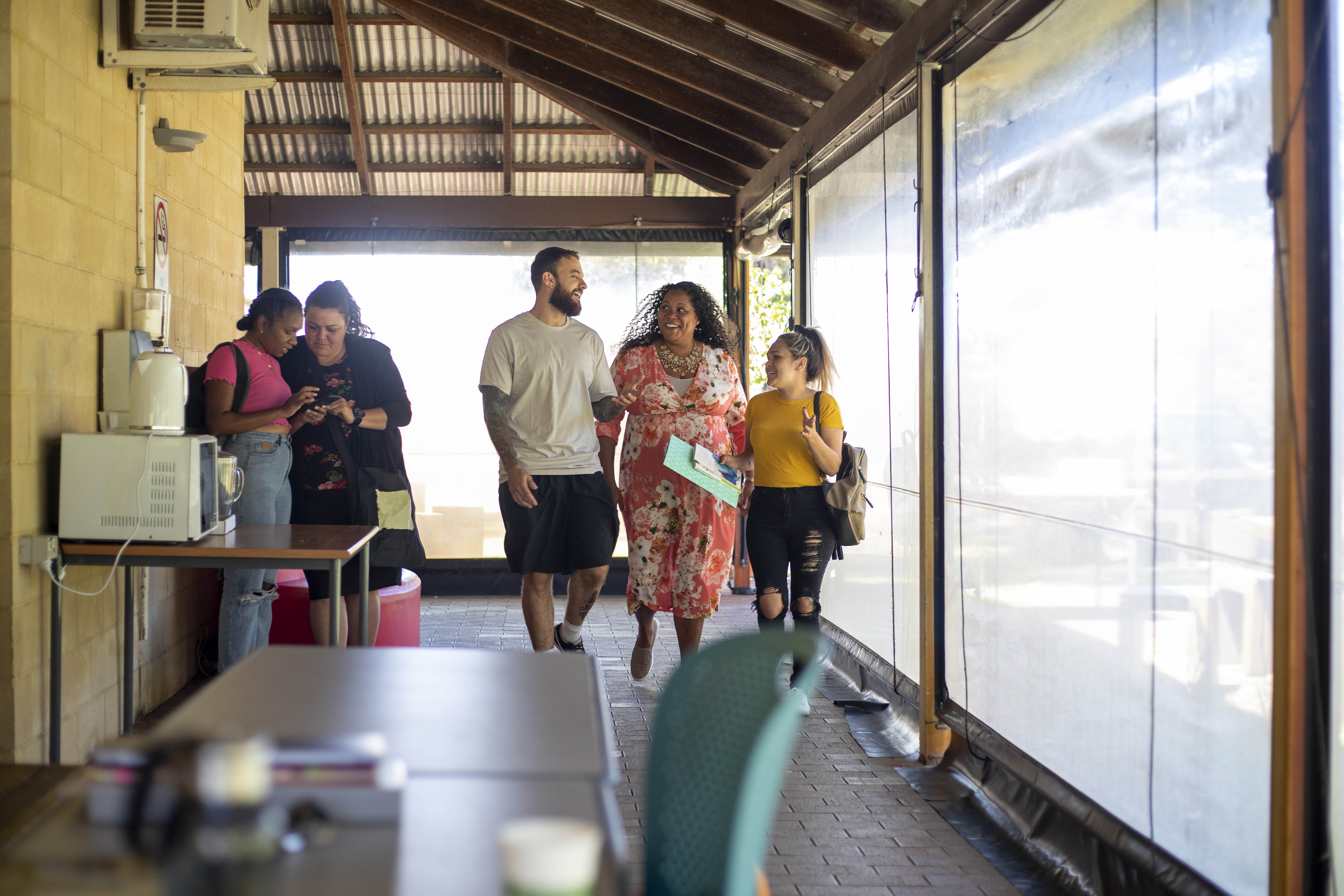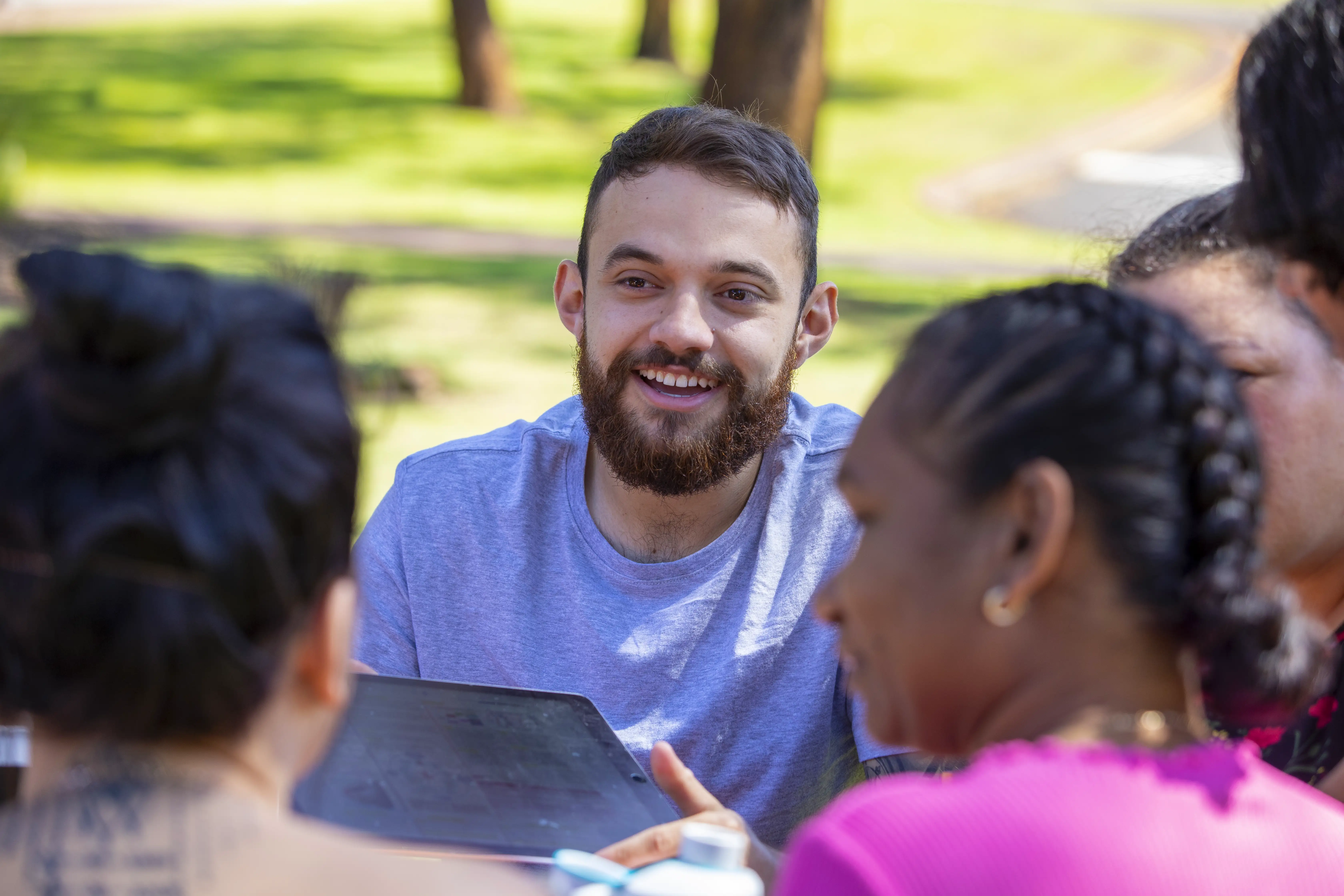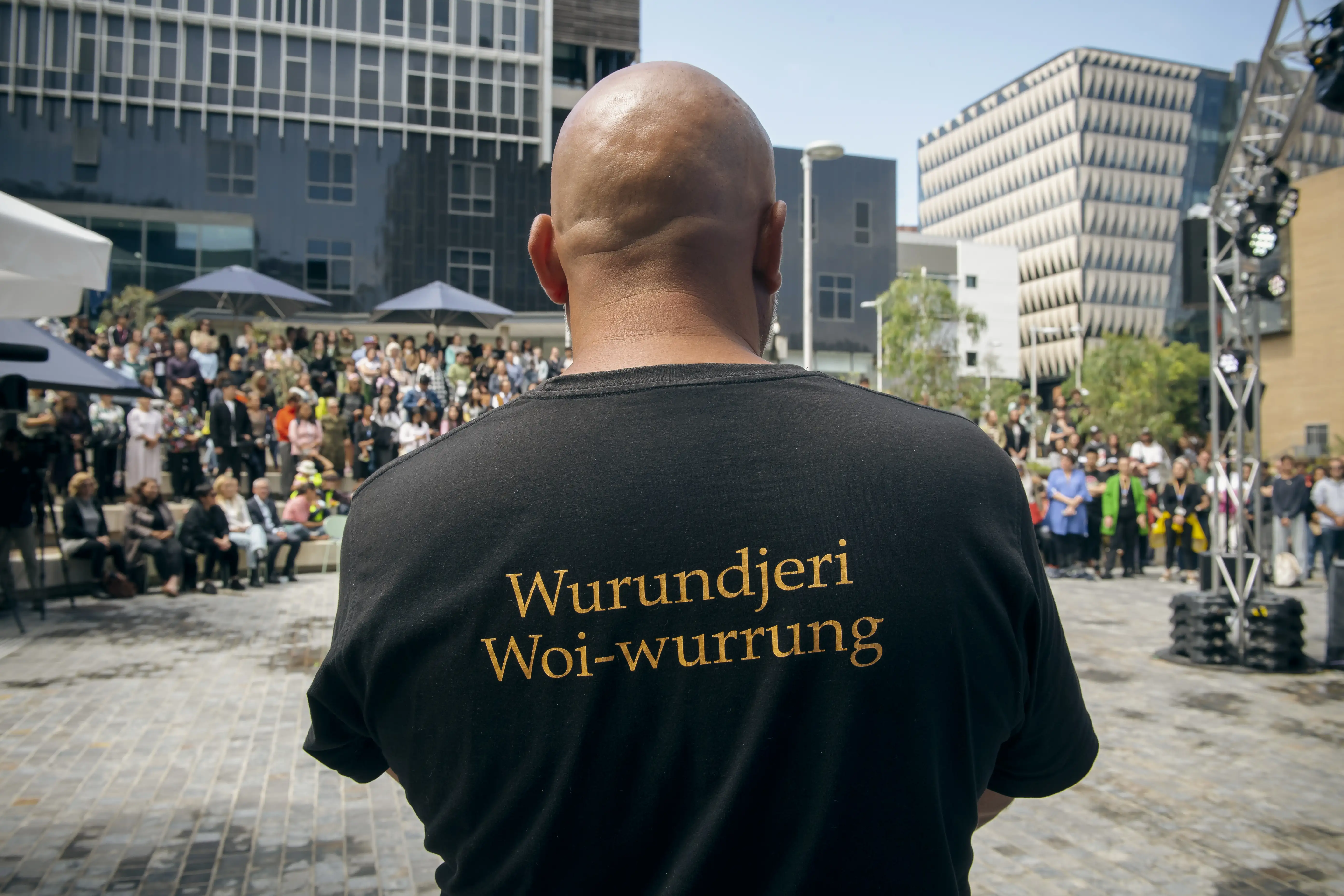
‘The field of Indigenous Studies simply gets on with the job’

Indigenous Studies means becoming part of global conversations about the place of Indigenous knowledges and traditions in the world
Published 12 August 2025
The field of Indigenous Studies holds a fragile place in Australian higher education.
Its institutional role and scope, and the intellectual traditions that ground its theory and practice, remain largely unknown and often misrecognised within Australian academia.

As an extension of inclusion policies that first emerged in the 1960s, Indigenous Studies has historically been considered both a field of scholarly inquiry and as a mechanism to advance equity and inclusion agendas in respect to facilitating Aboriginal and Torres Strait Islander access to higher education.
In my view, the field is often incorrectly seen as providing a mechanism where Aboriginal and Torres Strait Islander undergraduates can engage with (or even learn) their cultures, and where Indigenous scholars can gain employment in a subject area based solely on claims to Indigenous identity.
Such misrecognitions mean that Indigenous Studies continues to occupy a minor and contained position within the humanities and social sciences in Australian higher education.
The unfortunate tendency of this field of studies to be entrapped by the politics of identity means that contributions scholars make through education, research and engagement are often doubted and discounted by colleagues elsewhere in history and social science disciplines.

It is not unusual for the abilities and credentials of leading Indigenous Studies scholars to be openly questioned in ways that position Aboriginality and PhD-level qualifications as incongruous.
The canon of Western philosophy; the anti-colonial writings of intellectuals from Africa, the Caribbean, the Indian subcontinent, the Middle East; the writings of Indigenous scholars from the Americas, the Pacific, Scandinavia, South-East and North Asia; the empirical writings of Australia’s colonists; the observations of ethnographers and anthropologists; and the archival-based writings of historians – all are considered essential readings in Indigenous Studies.
Reflecting the global scope of Indigenous Studies’ scholarly engagements, the field employs an array of methodological approaches, from statistical analysis of quantitative datasets to qualitative data collected through ethnographic observations, unstructured interviews or focus groups organised according to the Aboriginal tradition of yarning circles.
With no requirement to defend boundaries and safeguard disciplinary traditions, those who work under the Indigenous Studies remit are free to use whatever methodological tools they find fit for purpose.

As a result, the methods applied by Indigenous Studies scholars are best described as hybrid models or bricolages of methodological approaches gathered from various disciplines and brought together in new and innovative ways.
While established academic disciplines in the humanities and social sciences spend much time, effort and money talking about the need for interdisciplinarity, ‘real-world’ research impacts and productive community engagement based in ethics and mutual respect, the field of Indigenous Studies simply gets on with the job.
Interdisciplinarity (and the more innovative trans-disciplinarity), real-world research impacts and productive community engagement based in ethics and mutual respect are all foundational and non-negotiable characteristics of Indigenous Studies, defining and directing the work of those in the field.
These characteristics make Indigenous Studies difficult and perhaps impossible to define, and are indicative of current debates about whether it is, or should become, more focused and a discipline or remain broad in scope as a field or area of studies.

This outline of the key characteristics of Indigenous Studies as an education, research and engagement activity provides some insight into what constitutes this contemporary field of study, yet it does not explain why it is important to Australian scholarship or detail its contributions to global knowledges.
As a study of the history of Australian race relations and the structures of power that determine an individual or group’s opportunities, Indigenous Studies tells us much about who we are as contemporary Australians and our place within the world.
As a study of contemporary Indigenous peoples and cultures, Indigenous Studies provides us with insights into core philosophies that underpin Indigenous knowledge systems, providing learnings useful in responding to global climate change and ecological collapse, and challenging consensus politics and ideas of the common good.
As a study of difference, Indigenous Studies provides us with the capabilities necessary to live and work in a contemporary global society defined by a diversity of peoples, cultures and values.

As a field of study within the Western academy, Indigenous Studies provides opportunities for the ancient knowledge systems and contemporary political agendas of Indigenous peoples to be circulated within the social networks of worldwide academia, providing a critical counterpoint to the ontological, epistemological and axiological realities of global capital and its culture.
While there is no definitive history of the field of Indigenous Studies in Australia, we can trace its emergence to the 1960s, influenced by progressive political movements of the United States.
In federal politics, the White Australia policy that informed racial discrimination began to be dismantled, and a referendum was held in 1967 to determine whether Aboriginal and Torres Strait Islander people should be treated as if they too were Australians under the Constitution.
The University of Melbourne lacked a dedicated centre, and instead, analysis of Indigenous issues was diffused across the University and uneven in its application.

Politics & Society
‘Finding an Indigenous voice’
The development of an Indigenous Studies program as a major study offering in an undergraduate degree was left undone.
Institutions outside the Group of Eight research-intensive universities assumed leadership in the field, investing in staff and research, some of which pioneered methodological approaches and telegraphed priority areas of concern.
The best undergraduate students in Indigenous Studies were more likely to do honours in cultural studies or creative writing and, with no opportunities for supervision, undertook higher degrees outside the discipline.
With no postgraduate-level programs and no research activity in either grants or publications, the program languished.
In 2020, I was recruited to a new position of director and professor of Indigenous Studies, marking my return to the University after an absence of twenty-two years.

At the time of writing, the Indigenous Studies program now boasts a complement of five continuing full-time teaching and research staff, all PhD-qualified, highly experienced tertiary teachers who are research-active.
The program has a small but growing cohort of higher degree research students, including two Indigenous PhD candidates; staff are involved in four current Australian Research Council–funded research projects; and the number of publications attributable to the program continues to grow.
While it is still early days in the rebirth of Indigenous Studies at the University of Melbourne, the field is finally gaining the resources and capabilities that will enable it to become a destination program, through building close strategic relationships with Traditional Owner groups in the Narrm (Melbourne) area and by connecting with and becoming part of global conversations about the place of Indigenous peoples and their knowledges and traditions in the world today.
This is an edited extract from Dhoombak Goobgoowana – A history of �Indigenous Australia and the University of Melbourne – Part 2: Voice, published by Melbourne University Publishing and edited by Dr Ross Jones, Dr James Waghorne and Professor Marcia Langton. Hard copies are available to purchase, and a free digital copy is available through an open-access portal.
